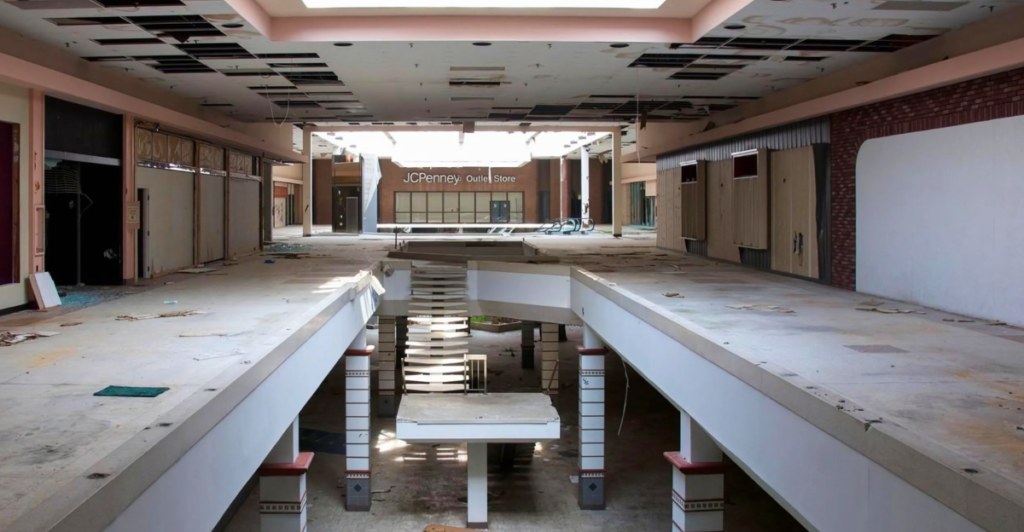
Florida’s shopping centers are being reshaped by forces far beyond consumer habits. Washington Prime Group (WPG) is selling off 10 malls, including Orange Park Mall and WestShore Plaza, not due to low occupancy—Orange Park is 97% full—but to manage $1.1 billion in debt.
These properties, once retail anchors, now represent a wider reckoning driven by Wall Street’s financing tactics. Behind the facades of bustling stores lies a harsh reality: hedge fund math now dictates the fate of community landmarks.
As assets are stripped and jobs slashed, the future of Florida’s suburban spaces hangs in the balance.
Debt Deadlines Drive a Desperate Mall Sell-Off
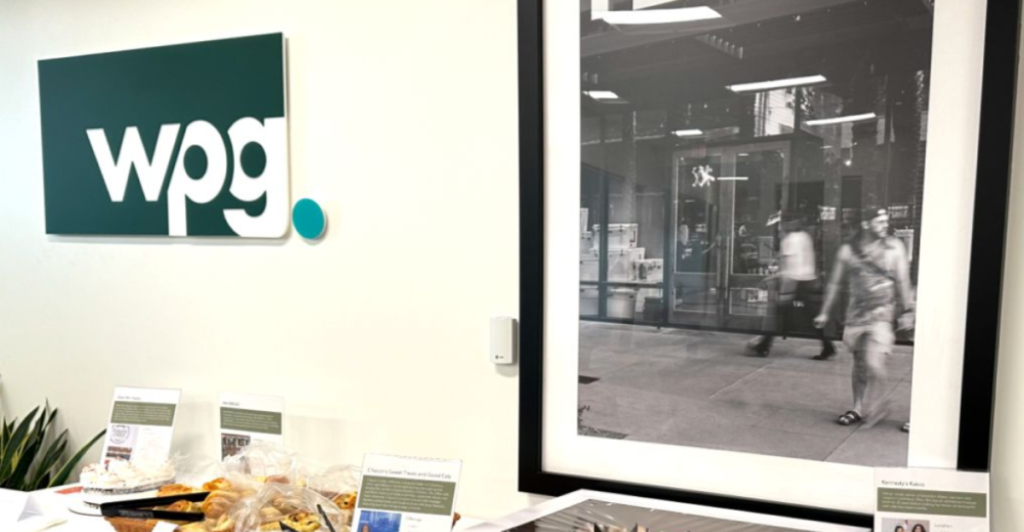
WPG’s decision to unload profitable malls isn’t about performance—it’s about survival. The company faces a looming $1.1 billion CMBS (commercial mortgage-backed securities) debt maturity by November 2025.
Rising interest rates have only intensified pressure from lenders. Even thriving centers like WestShore Plaza, 95% leased, are on the chopping block. CMBS loans, once hailed as stable pre-pandemic investments, now demand liquidation regardless of success.
This crisis exposes a larger problem: malls are increasingly valued as debt vehicles rather than public infrastructure. For Florida’s suburban communities, the result is the slow unraveling of commercial landmarks in the name of financial triage.
WestShore Plaza’s Transformation From Mall to Mini City
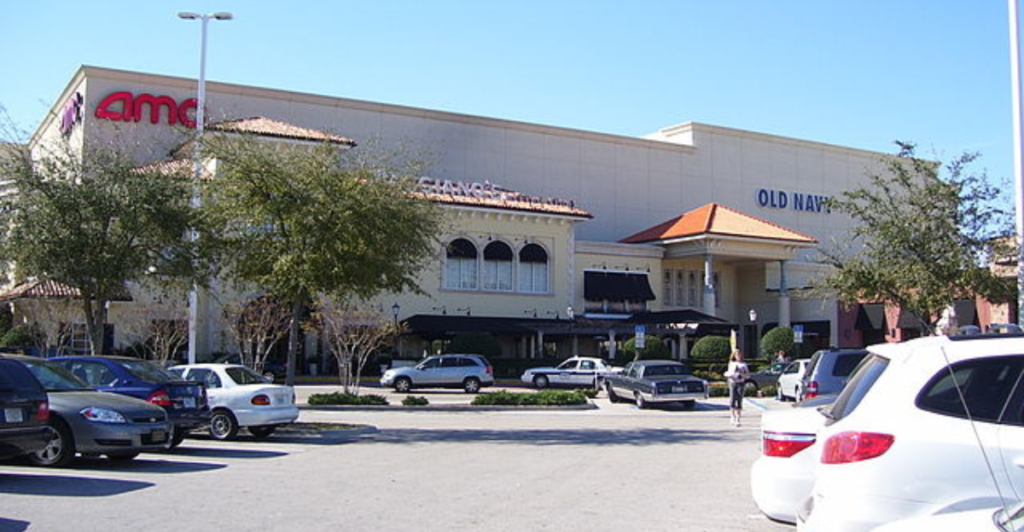
WestShore Plaza’s future won’t include department stores. Instead, its 54-acre site will become a sprawling mixed-use complex with 1,700 apartments, hotels, and transit connections. The plan reflects a wider shift in Florida, where underused malls sit on prime real estate.
With 12 million square feet of nearby office space and a wealthy South Tampa population, the land itself holds greater economic potential than retail ever could. Similar transformations are underway at Edison Mall and Boynton Beach Mall. As developers pivot to residential and commercial blends, Florida’s mall sites are quickly becoming the foundation for tomorrow’s urban-style enclaves.
Orange Park Mall’s 50-Year Milestone Coincides With Its Sale
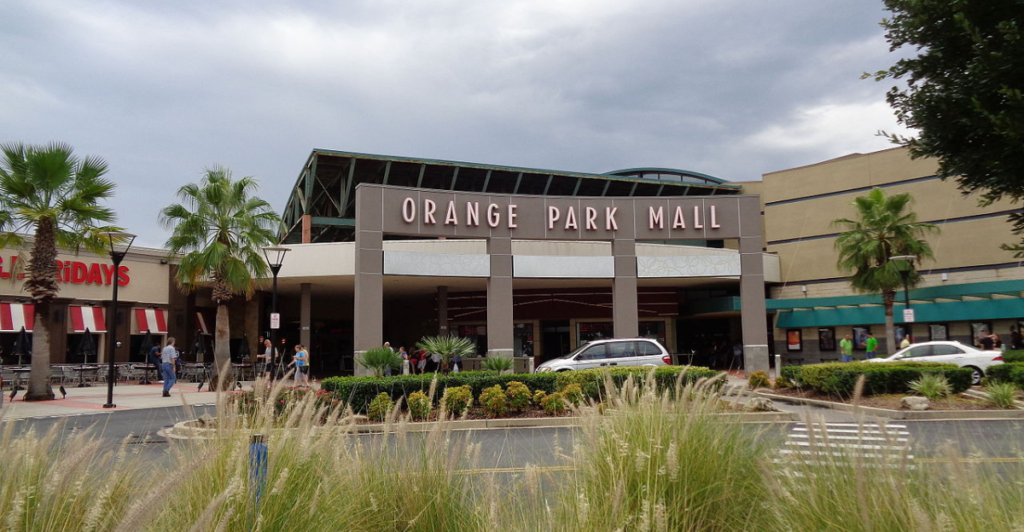
Celebrating five decades in business, Orange Park Mall remains a busy hub—97% of its retail space is leased. Yet behind the scenes, its Sears wing is being prepped for demolition and redevelopment into dining space. The mall’s fate mirrors WPG’s larger trend: selling profitable assets to unlock land value.
Following a $425 million sale of the PGA National Resort, WPG’s strategy now centers on “asset stripping”—maximizing short-term gains from property rather than preserving retail operations. It’s a telling shift that leaves local economies vulnerable, as once-stable shopping centers become fragmented landscapes awaiting uncertain redevelopment plans.
COVID Debt Still Haunts Malls Despite Rebound
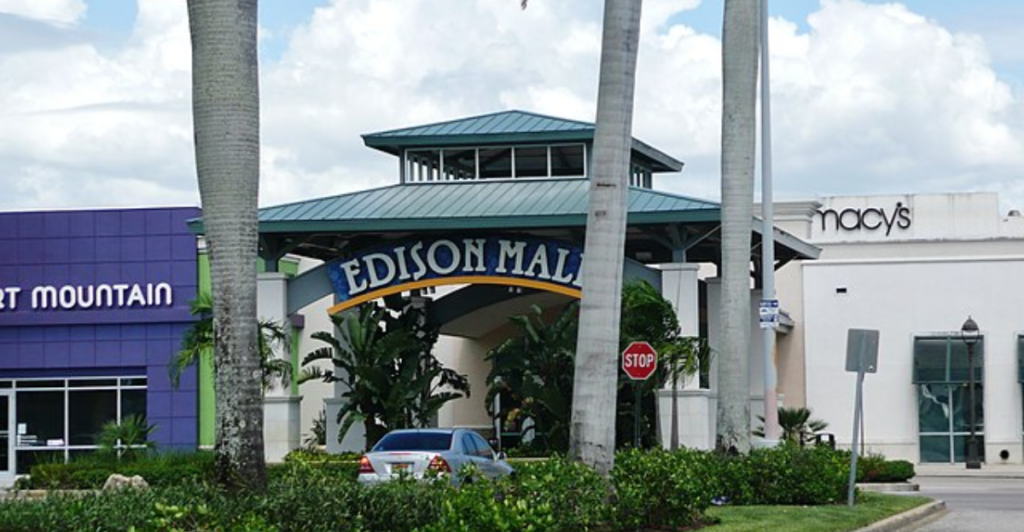
WPG’s 2021 bankruptcy wasn’t a full collapse—it was a warning sign. Despite impressive post-pandemic occupancy rates like Edison Mall’s 95%, the company never fully recovered from its $3.2 billion in debt. Today, interest payments often surpass rental revenue, a reality now faced by nearly one in four U.S. malls.
In tourist-heavy Florida, the recovery wave wasn’t enough to offset the long-term consequences of structured finance. Malls that appear to be thriving are, in many cases, barely treading water. These financial pressures suggest that the mall’s golden age may be over, even if its corridors still appear bustling.
WPG Job Cuts Highlight Retail’s Human Cost

WPG is set to eliminate 139 jobs at its Columbus, Ohio headquarters by 2026, part of a cost-cutting initiative tied to mall divestments. This workforce reduction highlights the human cost of financial restructuring in retail. As malls become bargaining chips in lender negotiations, both employees and small business tenants are caught in the fallout.
The situation isn’t unique—Brookfield recently defaulted on a $260 million loan for Pembroke Lakes Mall, showing that even major players are vulnerable. For workers and communities tied to these properties, the transformation of malls into debt collateral comes with lasting and painful consequences.
Fort Myers Pours $22M Into Mall Redevelopment
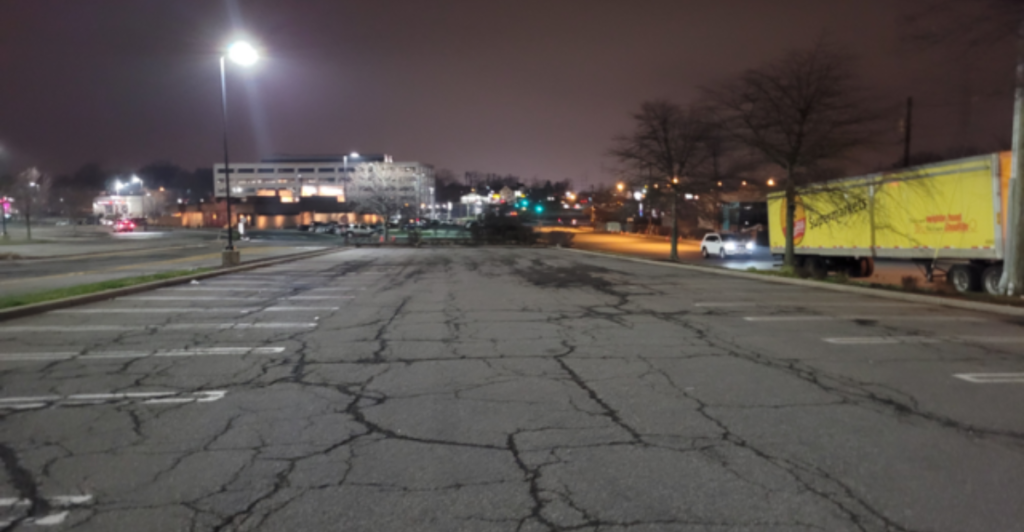
Edison Mall’s next chapter hinges on public investment. The city of Fort Myers is spending $22 million on road improvements to help convert the mall into a mixed-use destination. Critics argue that taxpayer funds shouldn’t support private equity exits, but municipalities see few viable alternatives.
These malls occupy valuable real estate at the center of growing communities. Letting them decay poses economic and social risks. In this case, local leaders are betting that infrastructure upgrades can turn a struggling commercial site into a revitalized civic space. Whether this gamble pays off will influence how Florida cities manage future mall transitions.
Macy’s Sells Anchors, Mall Owners Shift Strategy
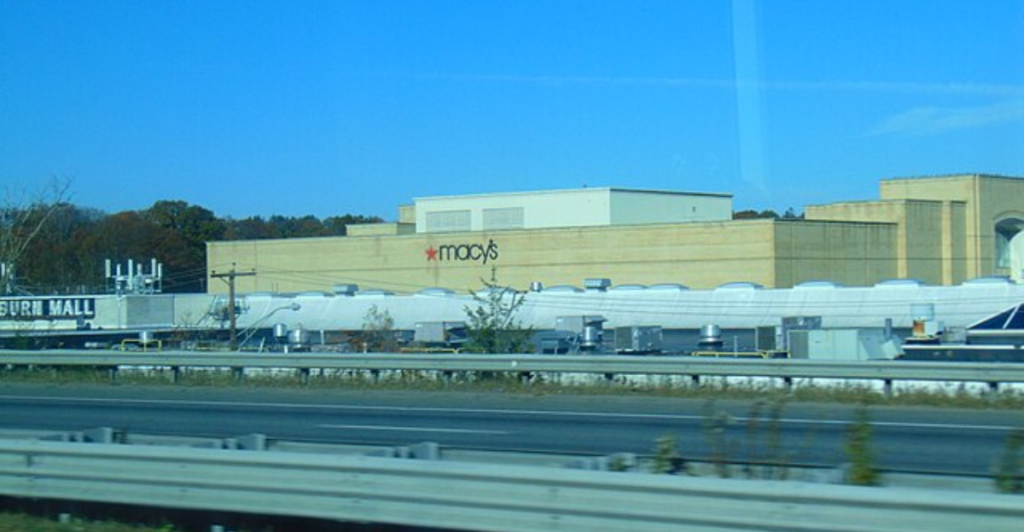
In a quiet but telling move, Macy’s sold its Boynton Beach anchor store to WPG for $15 million. This transaction reflects a growing national trend: department store giants offloading real estate to mall owners who then redevelop or repurpose the space. These former anchor sites are increasingly converted into apartments, healthcare clinics, or micro-fulfillment centers.
Rather than a retreat, it’s a strategic repositioning of square footage to match changing consumer behavior. For Florida’s malls, the shift signals not just the end of an era but a new one built around utility, flexibility, and non-retail uses that better serve local needs.
Thriving Malls Still Marked for Decline

Orange Park Mall might look successful on paper with its 97% occupancy, but behind the façade lies an unsettling truth: it’s a zombie mall. Despite steady foot traffic and full storefronts, its long-term viability is undermined by financing limitations. With no redevelopment capital and mounting debt obligations, these malls operate in a kind of financial limbo.
The same applies to Pembroke Lakes Mall, 95% leased yet saddled with a defaulted loan. These high-occupancy, low-future properties reflect a troubling trend—one where malls continue to function day-to-day while quietly slipping into irrelevance within the broader commercial real estate market.
Florida’s Malls Are Becoming the Suburbs of Tomorrow

The sale of these malls marks more than a retail shake-up—it’s a structural shift in how Florida’s communities evolve. Spaces like WestShore Plaza are being reimagined as housing developments, while Edison Mall prepares to anchor a civic corridor.
These transitions raise critical questions: Will the redevelopment of mall sites meet the needs of local residents, or cater primarily to creditors seeking returns? The answer could define suburban Florida’s future. As malls vanish in their traditional form, what replaces them must strike a balance between economic growth and public good—a challenge Florida cities will continue to face head-on.
Discover more trending stories and Follow us to keep inspiration flowing to your feed!

Craving more home and lifestyle inspiration? Hit Follow to keep the creativity flowing, and let us know your thoughts in the comments below!
